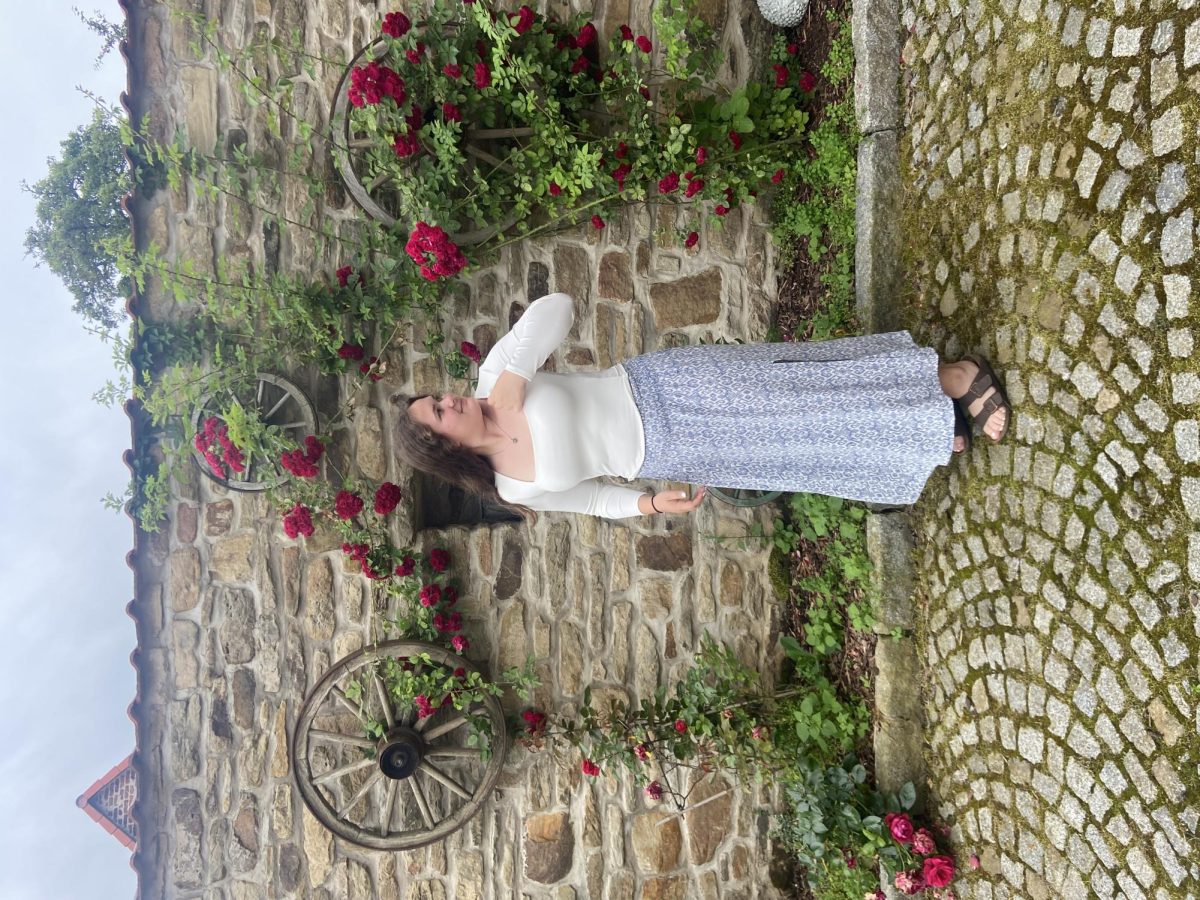Piercings: What’s the Appeal?
October 21, 2020
Piercings and body modifications have been around for thousands of years. In many cultures across the world, they are seen as a tradition, to indicate social status, or as a rite of passage. Today, piercings are mostly used for aesthetic reasons. Some of the more popular piercings are the naval, nose, and ear.
Historically, piercings have been seen in numerous cultures including naval piercings in Egypt, nose piercings in India, and septum piercings in New Guinea. In Nimrud, Iraq a stone relief was found that depicts a man with an ear piercing. This was from the 9th century BC, and considered the first known evidence of a body piercing. Also, the world’s oldest known mummified body (over 5,000 years old) was found with a 7-11mm ear piercing. It is important to keep in mind that piercings are not a new trend, they have cultural and individual meanings, which is good for people who criticize them to hear.
So what’s to like about piercings? One anonymous piercing-fan from Timberlane says, “I really just like the look of them. It’s like decorating your body, similar to a canvas.” Instead of getting a permanent tattoo, one can get a low-effort, less painful alternative and take the jewelry out whenever you want! However, these piercings don’t come without a risk. There is always a chance that a piercing could get infected. This is why you should always research beforehand, and make sure you are up for the healing process.
In popular culture, celebrities and hollywood stars alike love to level up their look with piercings. For example, Scarlett Johansson with her many ear piercings and Drew Barrymore with her daring tongue piercing. There’s even a fanbase for “curated ears”, which stacks many piercings on your ear at once. Before millennials normalized body piercings, many were shamed and stigmatized for having them. There is no longer a single type of person that gets body modifications.
It’s important to know that body piercings are entirely a personal decision. The question, “What’s the appeal of body modification?” is completely up to one’s own opinion. Allison Teeter, the writer of the report ‘Don’t Judge a Book by its Cover: A Sociological Examination of Body Art’ said that of the nine categories of why people get body modifications, five apply to piercings: to bond with others, to rebel, out of impulse, to develop their self-identity, and to conform to current fashion trends.
